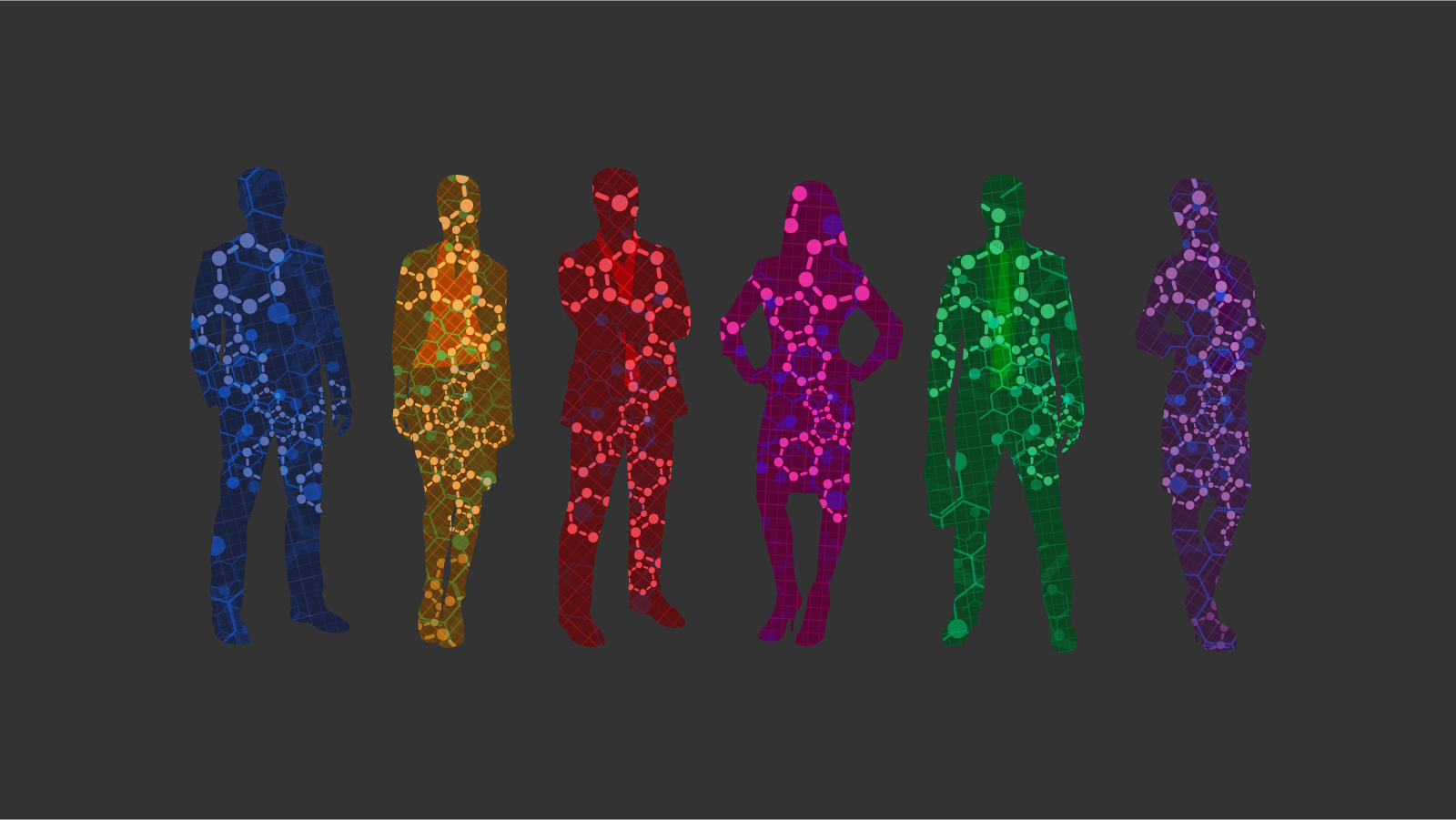Taurine, an inhibitory amino acid, potently acts on a subclass of gamma-aminobutyric acid type A (GABAA) receptors. Taurine competitively inhibits [3H]muscimol binding to purified GABAA receptors with an average IC50 value of 50 microM, and enhances [3H]flunitrazepam binding to GABAA-linked benzodiazepine receptors with an EC50 of about 10 microM and with maximal extent lower than that for GABA. Taurine shows variable affinities (low micromolar to near millimolar) for muscimol binding sites in different brain regions as measured by autoradiography. The taurine-sensitive GABA sites are enriched in dentate gyrus, substantia nigra, cerebellum molecular layer, median thalamic nuclei, and hippocampal field CA3; these areas are also enriched in mRNA for the GABA-binding beta 2 subunit subtype. Taurine shows differential affinities for the multiple muscimol-GABA binding polypeptides present in purified GABAA receptors, notably a higher affinity for a beta 55 than a beta 58 polypeptide; these probably represent beta 2 and beta 3 clones, respectively. This work defines a significant target of taurine's inhibitory activity as some GABAA receptor GABA sites, lending support to the hypothesis that this endogenous substance may have a physiological action.
Anxiety & Sleep: Taurine helps with both sleep and anxiety through reducing excitatory neurotransmission. It increases GABA in the brain, can bind to GABA receptors, and indirectly suppresses NMDA signaling. It also acts on glycine receptors, which contributes to its anti-anxiety effects.
Anxiety: Phenibut is used reduce tension, alleviate anxiety, and diminish fear. PB was classified as an atypical tranquilizer, or day-tranquilizer. It has antistress, thymoleptic (activating), and nootropic (cognition enhancing) components of action.
Memory: Studies indicated that PS provides metabolic support for memory, learning, concentration, and behavior. This exploratory study demonstrates that SB-PS may have favorable effects on cognitive function in elderly with memory complaints.
In young adults, with neuroticism scores above rather than below the median, the taking of 300mg PS each day for a month was associated with feeling less stressed and having a better mood. The study for the first time reports an improvement in mood following PS supplementation in a sub-group of young healthy adults.
While the placebo group showed the expected increase in distress after the test, the group treated with 400 mg PAS showed decreased distress. These data provide initial evidence for a selective stress dampening effect of PAS on the pituitary-adrenal axis, suggesting the potential of PAS in the treatment of stress related disorders.
Stress - PS may increase the availability of cortisol in chronically stressed men and may attenuate stress-induced memory impairments. Results of the present study are discussed within the context of previous research and current state of knowledge.
Breast Chemoprotection - DIM exert a variety of biochemical effects including the induction of phase I and phase II enzymes that detoxify carcinogenic estrogens. Administration of either I3C or DIM results in increased 2-hydroxylation of estrogens.
The endogenous estrogen 17beta-estradiol can be metabolized to 16alpha-hydroxyestrone (16alpha OHE1) or 2-hydroxyestrone (2OHE1). In contrast to 2OHE1, 16alpha OHE1 is highly estrogenic and has been found to enhance the proliferation of estrogen-sensitive breast cancer cells in culture. It has been hypothesized that shifting the metabolism of 17beta-estradiol toward 2OHE1 and away from 16alphaOHE1 could decrease the risk of estrogen-sensitive cancers, such as breast cancer. In a small clinical trial, increasing cruciferous vegetable intake of healthy postmenopausal women for four weeks increased urinary 2OHE1:16alpha OHE1ratios, suggesting that high intakes of cruciferous vegetables can shift estrogen metabolism.
DIM inhibited endogenous PSA transcription and reduced DHT-induced intracellular and secreted PSA protein levels in LNCaP human androgen-dependent prostate cancer cells.
Adrenal Fatigue / Hypoadrenalism - Low CoQ10 has been shown to lead to hypoadrenalism. The role of adrenal steroids in antioxidant regulation is not known. Previously, we demonstrated some Coenzyme Q(10) (CoQ(10)) alterations in pituitary diseases, which can induce complex pictures due to alterations of different endocrine axes. Therefore we determined CoQ(10) and Total Antioxidant Capacity (TAC) in pituitary-dependent adrenal diseases: 6 subjects with ACTH-dependent adrenal hyperplasia (AH); 19 with secondary isolated hypoadrenalism (IH), 19 with associated hypothyroidism (multiple pituitary deficiencies, MPH). CoQ(10) was assayed by HPLC; TAC by the system metmyoglobin-H(2)O(2), which, interacting with the chromogenous 2,2(I)-azinobis-(3-ethylbenzothiazoline-6-sulphonate), generates a spectroscopically revealed radical compound after a latency time (Lag) proportional to the antioxidant content. CoQ(10) levels were significantly lower in IH than AH and MPH, with a similar trend when adjusted for cholesterol. Also TAC was lower in IH than in AH and MPH, suggesting that adrenal hormones can influence antioxidants. However, since thyroid hormones modulate CoQ(10) levels and metabolism, when thyroid deficiency coexists it seems to play a prevalent influence.
Lipid Lowering Effects: In this a randomized double-blind placebo-controlled trial of 64 type two diabetic patients, CoQ10 improved glycemic control, total and LDL cholesterol.
Coenzyme Q10 supplements at a dose of 150 mg can decrease oxidative stress and increase antioxidant enzyme activity in patients with CAD. A higher dose of coenzyme Q10 supplements (>150 mg/d) might promote rapid and sustainable antioxidation in patients with CAD.
LDL to CoQ10 Ratio and Atheroschlerosis - Research suggests ubiquinone may be involved in atherosclerosis prevention and the ratio of LDL cholesterol to ubiquinone may be an indicator of atherosclerosis risk.
Ubiquinone is a carrier of the mitochondrial respiratory chain which regulates oxidative phosphorylation: it also acts as a membrane stabilizer preventing lipid peroxidation. In man the quinone ring originates from tyrosine, while the formation of the polyisoprenoid lateral chain starts from acetyl CoA and proceeds through mevalonate and isopentenylpyrophosphate; this biosynthetic pathway is the same as the cholesterol one. We therefore performed this study to evaluate whether statins (hypocholesterolemic drugs that inhibit 3-hydroxy-3-methylglutaryl coenzyme A reductase) modify blood levels of ubiquinone. Thirty unrelated outpatients with primary hypercholesterolemia (IIa phenotype) were treated with 20 mg of simvastatin for a 3-month period (group S) or with 20 mg of simvastatin plus 100 mg CoQ10 (group US). The following parameters were evaluated at time 0, and at 45 and 90 days: total plasma cholesterol, high-density lipoprotein-cholesterol, low-density lipoprotein-cholesterol, triglycerides, Apo A1, Apo B and CoQ10 in plasma and in platelets. In the S group, there was a marked decrease in total cholesterol low-density lipoprotein-cholesterol and in plasma CoQ10 levels from 1.08 mg/dl to 0.80 mg/dl. In contrast, in the US group we observed a significant increase of plasma CoQ10 (from 1.20 to 1.48 mg/dl) while the hypocholesterolemic effect was similar to that observed in the S group. Platelet CoQ10 also decreased in the S group (from 104 to 90 ng/mg) and increased in the US group (from 95 to 145 ng/mg).(ABSTRACT TRUNCATED AT 250 WORDS)
The biosynthetic pathway of the CoQ polyisoprenoid side chain, starting from acetyl-CoA and proceeding through mevalonate and isopentenylpyrophosphate, is the same as that of cholesterol. We performed this study to evaluate whether vastatins (hypocholesterolemic drugs that inhibit HMG-CoA reductase) modify blood levels of ubiquinone. Thirty-four unrelated outpatients with hypercholesterolemia (IIa phenotype) were treated with 20 mg of simvastatin for a 6-month period (group S) or with 20 mg of simvastatin plus 100 mg CoQ10 (group US). The following parameters were evaluated at time 0, 45, 90, 135 and 180 days: total plasma cholesterol (TC), HDL-cholesterol, LDL-cholesterol (LDL-C), triglycerides (TG), apo A1, apo B and CoQ10 in plasma and platelets. In the S group, there was a marked decrease in TC and LDL-C (from 290.3 mg/dl to 228.7 mg/dl for TC and from 228.7 mg/dl to 167.6 mg/dl for LDL-C) and in plasma CoQ10 levels from 1.08 mg/dl to 0.80 mg/dl. In contrast, in the US group we observed a significant increase of CoQ10 in plasma (from 1.20 to 1.48 mg/dl) while the hypocholesterolemic effect was similar to that observed in the S group. Platelet CoQ10 also decreased in the S group (from 104 to 90 ng/mg) and increased in the US group (from 95 to 145 ng/mg). This study demonstrates that simvastatin lowers both LDL-C and apo B plasma levels together with the plasma and platelet levels of CoQ10, and that CoQ10 therapy prevents both plasma and platelet CoQ10 decrease, without affecting the cholesterol lowering effect of simvastatin.
The statins or 3-hydroxy-3-methylglutaryl-coenzyme A reductase (HMG-CoA reductase) inhibitors are the most effective drugs in lowering serum low density lipoprotein (LDL) concentration. They decrease cardiovascular morbidity and mortality of hypercholesterolemic patients, even in primary prevention. Large controlled prospective studies have shown that statins as a group improve the prognosis of coronary heart disease (CHD) patients. The HMG-CoA reductase inhibitors affect competitively the early key enzyme of the mevalonate pathway (Fig. 1), thus inhibiting the synthesis of cholesterol and other non-sterol end products. One of them is coenzyme Q10 (2,3-dimethoxy-5-methyl-6-decaprenyl benzoquinone), also known as ubiquinone. It may be estimated that on a normal diet, 60% of plasma ubiquinone is endogenous.
Inhibitors of HMG-CoA reductase are new safe and effective cholesterol-lowering agents. Elevation of alanine-amino transferase (ALT) and aspartate-amino transferase (AST) has been described in a few cases and a myopathy with elevation of creatinine kinase (CK) has been reported rarely. The inhibition of HMG-CoA reductase affects also the biosynthesis of ubiquinone (CoQ10).
Coenzyme Q10 (ubiquinone) the essential mitochondrial redox-component and endogenous antioxidant, packaged into the LDL + VLDL fractions of cholesterol, has been suggested as an important anti-risk factor for the development of atherosclerosis as explained by the oxidative theory.
High-dose statin treatment leads to changes in the skeletal muscle sterol metabolism. Furthermore, aggressive statin treatment may affect mitochondrial volume.

